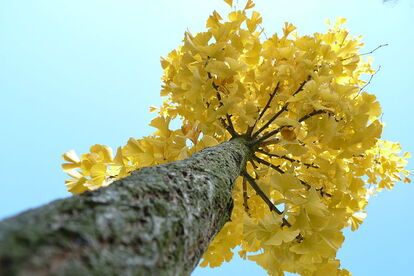 by Sophie Twichell, executive director of Friends of Ryerson Woods When you think of Ginkgo, what comes to mind? Do you have memories that involve Ginkgo? Ginkgo (Ginkgo biloba) has been used in traditional medicine to treat blood disorders and to enhance memory. For some reason, I can never remember if it is Ginkgo or St. John's Wort that one should take for memory . . . clearly a sign that it's time for me to add Ginkgo to my daily vitamin regimen!
Gingko Biloba
At Friends of Ryerson Woods, we seek to bring the residents of Chicagoland's North Shore the highest quality nature programming. As such, we are delighted to offer a public program on "Ginkgo: The Tree That Time Forgot" by Sir Peter Crane, dean of the Yale School of Forestry and Environmental Studies.
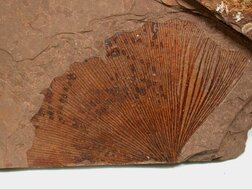 The iconic fan-shaped leaves of Ginkgo have been identified as fossils from every continent. Living Ginkgo trees have changed little from those that lived 200 million years ago. The iconic fan-shaped leaves of Ginkgo have been identified as fossils from every continent. Living Ginkgo trees have changed little from those that lived 200 million years ago. GINKGO: A FEW FASCINATING FACTS Here are some facts about Ginkgo that Sir Peter shared with us in anticipation of his talk. 1. Ginkgo is a botanical oddity. Like the platypus among animals, it is a single peculiar species with no close living relatives. 2. The iconic fan-shaped leaves of ginkgo have been identified as fossils from every continent. Living ginkgo trees have changed little from those that lived 200 million years ago. 3. Almost driven to extinction by climate change, wild ginkgo trees survive only in China. But you can see ginkgo today in San Francisco’s Golden Gate Park, on the streets of Manhattan, and in parks and gardens in all but the warmest and coldest places on our planet. 4. In the East, Ginkgo has been cultivated for a thousand years for its edible seeds, and many ancient trees are greatly revered by followers of Buddhism, Confucianism, and Shintoism. 5. The oldest living ginkgo trees in Europe date from 1730–1750, when ginkgo was introduced from the East. The oldest ginkgo in North America was planted in the 1780s in the Pennsylvania garden of John Bartram, a prominent early American botanist. 6. Today ginkgo is grown as a botanical curiosity and a resilient street tree; extracts from ginkgo leaves have also become a top-selling herbal medicine that is believed to improve memory and learning. Its efficacy, however, remains controversial. After all this contemplation of the Ginkgo tree, I think it is time for me to plant a Ginkgo tree at my own house so I can pass on the appreciation of this distinctive tree to my children. A male tree, that is! I hope you'll join us on Thursday evening, June 6 at 7pm at the Welcome Center at Ryerson Woods, to learn about the mysteries of Ginkgo tree from one of the world's most brilliant botanists. Thanks to our friends at Lake Forest Book Store, we'll have copies of Ginkgo available for sale and signing. I can't wait to learn more fascinating facts about Ginkgo. I look forward to seeing you there. DETAILS Ginkgo: The Tree That Time Forgot with Sir Peter Crane, Dean of the Yale School of Forestry & Environmental Studies Welcome Center, 7:00 p.m. Ryerson Woods 21950 N. Riverwoods Rd. Deerfield, IL 60015 Cost: $20 (or $10 for FRW members) 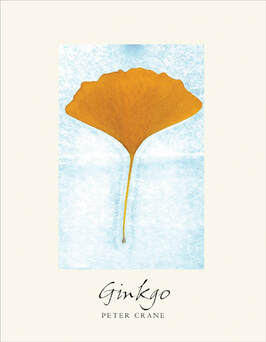 ABOUT THE BOOK (from Yale University Press) Perhaps the world's most distinctive tree, ginkgo has remained stubbornly unchanged for more than two hundred million years. A living link to the age of dinosaurs, it survived the great ice ages as a relic in China, but it earned its reprieve when people first found it useful about a thousand years ago. Today ginkgo is beloved for the elegance of its leaves, prized for its edible nuts, and revered for its longevity. This engaging book tells the full and fascinating story of a tree that people saved from extinction - a story that offers hope for other botanical biographies that are still being written. Inspired by the historic ginkgo that has thrived in London's Kew Gardens since the 1760s, renowned botanist Peter Crane explores the evolutionary history of the species from its mysterious origin through its proliferation, drastic decline, and ultimate resurgence. Crane also highlights the cultural and social significance of the ginkgo: its medicinal and nutritional uses, its power as a source of artistic and religious inspiration, and its importance as one of the world's most popular street trees. Readers of this extraordinarily interesting book will be drawn to the nearest ginkgo, where they can experience firsthand the timeless beauty of the oldest tree on Earth. REVIEWS "Ginkgo takes a place among the best books on plants that I have had the pleasure of reading. It provides an extremely interesting account of a remarkable plant through space, time, and culture."—Peter H. Raven, President Emeritus, Missouri Botanical Garden "Peter Crane provides a compelling and definitive portrait of the Tree That Time Forgot: its ancient lineage, its natural history, and history interwoven with people....an eye-opening page turner about the Ginkgo in particular and trees in general. A triumph of beautifully written scholarship."—Thomas E. Lovejoy, University Professor of Environmental Science and Policy, George Mason University "The Ginkgo is the elder statesman of the plant world, and Peter Crane’s erudite and fascinating biography is as absorbing as any account of the life of a Churchill or a Lincoln."—Michael McCarthy, Environment Editor, The Independent, London All Ginkgo images derived from Wikimedia Commons. Image of Dr. Crane and book cover from Yale University Press.
0 Comments
|
AuthorThis blog is written by the staff and partners of Brushwood Center at Ryerson Woods Archives
February 2022
Categories |
|
21850 N. Riverwoods Rd.
Riverwoods, IL 60015 224.633.2424 [email protected] ABOUT BRUSHWOOD BECOME A PARTNER VOLUNTEER AND JOB OPPORTUNITIES |
Brushwood Center at Ryerson Woods is committed to enabling the participation and enjoyment of our programming and events for all visitors. At Brushwood Center, you will have open access to accessible parking and entrance to the house, a gender neutral bathroom, and changing tables.
If you require certain accommodations in order to observe or attend our events, or have questions regarding accessibility of our facilities, please contact our Director of Public Programs and Music, Parker Nelson, at [email protected] or at (224) 633-2424 ext. 1. Programming and events at Brushwood Center are available to everyone, including but not limited to age, disability, gender, marital status, national origin, race, religion, and sexual orientation. Site Photography by: In Life Photography, Michael Kardas Photography, Ewa Pasek Photography, Brushwood Staff, and Josiah Shaw Productions |
OPEN TO THE PUBLIC Monday - Thursday & Saturday: 10am - 3pm Sunday: 1pm - 3pm and by appointment |
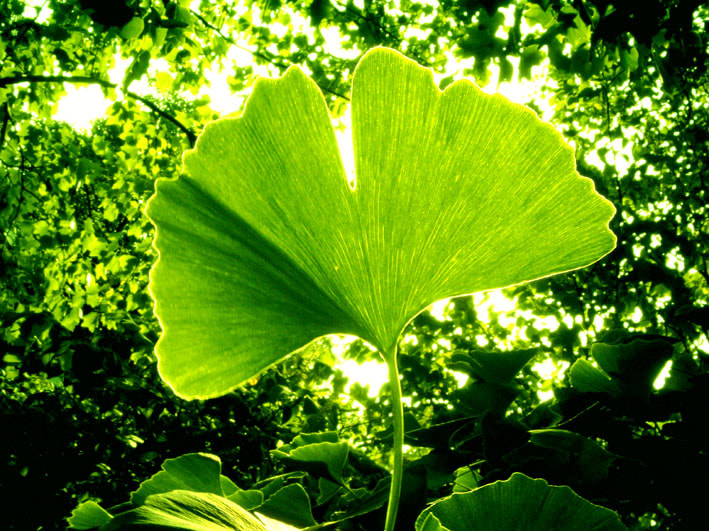
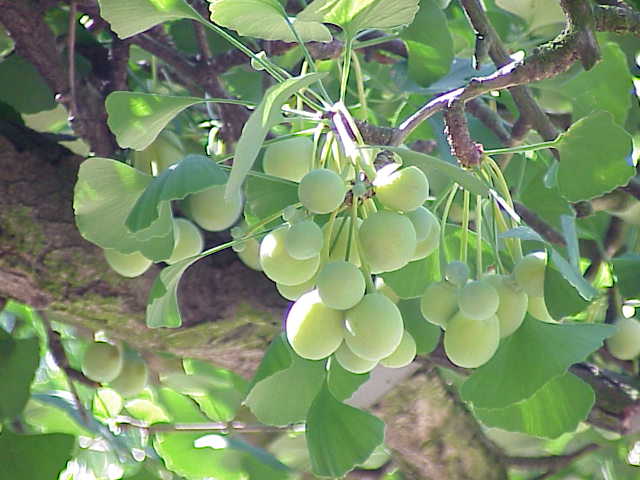
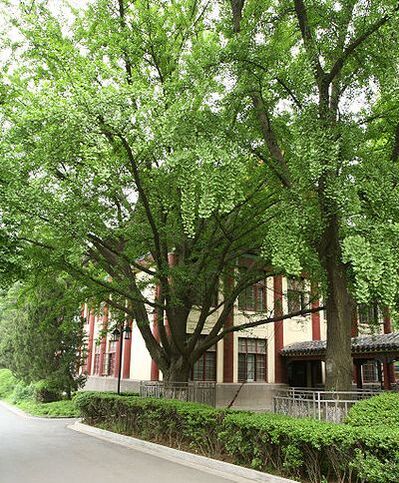
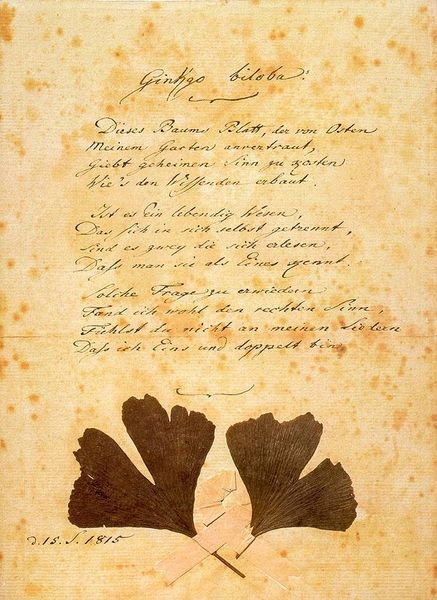

 RSS Feed
RSS Feed
